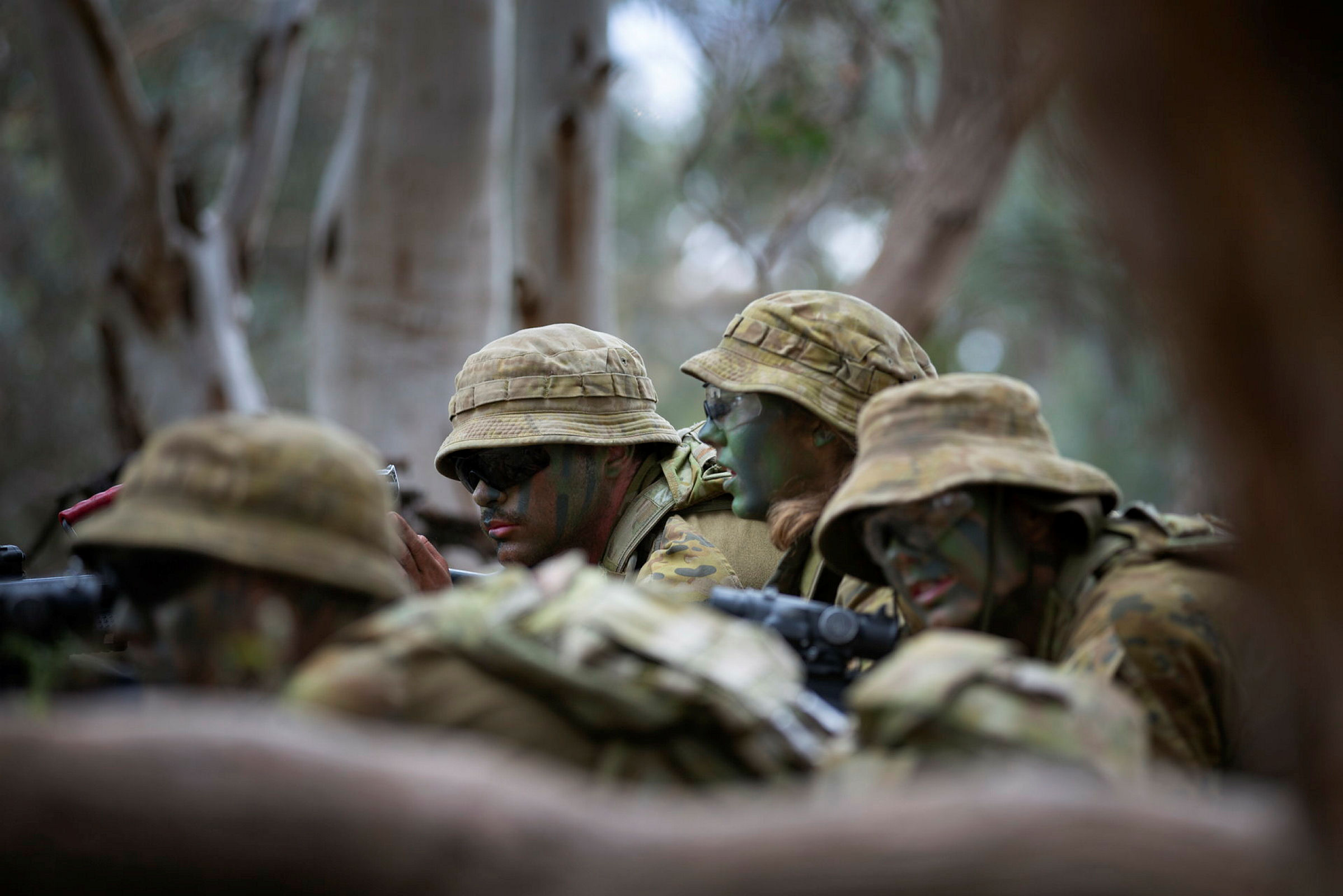 Print This Post
Print This Post- The Strategist - https://www.aspistrategist.org.au -
How bold does Labor want to be on Australia’s defence posture?
Posted By Graeme Dobell on June 27, 2022 @ 06:00

Australia cannot rely on a timely warning ahead of a conflict occurring, because of growing regional military capabilities and the speed at which they can be deployed, and therefore Australia cannot assume it can gradually adjust military capability and preparedness in response to emerging challenges.
Article printed from The Strategist: https://www.aspistrategist.org.au
URL to article: https://www.aspistrategist.org.au/how-bold-does-labor-want-to-be-on-australias-defence-posture/
[1] ‘defence force posture review’: https://www.alp.org.au/policies/defence-force-posture-review
[2] not interested in doing a white paper: https://www.iiss.org/-/media/files/shangri-la-dialogue/2022/transcripts/p3/plenary-3-qa.pdf
[3] ordered a start: https://www.minister.defence.gov.au/minister/rmarles/speeches/speech-national-defence-college-new-delhi-india
[4] validate the status quo: https://www.aspistrategist.org.au/the-world-has-changed-and-defence-planning-must-too/
[5] accreted like stalactites: https://www.aspi.org.au/report/agenda-change-2022-shaping-different-future-our-nation
[6] seminal 1986 report: https://www.aspistrategist.org.au/wp-content/uploads/2022/02/Review-of-Australias-Defence-Capabilities-1986.pdf
[7] Paul Dibb: https://www.aspistrategist.org.au/oz-strategists-paul-dibb/
[8] 2012 review: https://defence.gov.au/publications/reviews/adfposture/
[9] Creating one Defence: https://defence.gov.au/publications/reviews/firstprinciples/
[10] 2020 defence strategic update: https://www.defence.gov.au/about/publications/2020-defence-strategic-update
[11] rapidly changing: https://www.alp.org.au/policies/defence-force-posture-review#:~:text=A%20Defence%20Posture%20Review%20is%20a%20significant%20undertaking,review%20is%20necessitated%20by%3A%20the%20Strategic%20Update%E2%80%99s%20findings%3B
[12] ‘China is our biggest security anxiety’: https://www.minister.defence.gov.au/minister/rmarles/transcripts/interview-avani-dias-abc-news
[13] tone rhymes: https://www.minister.defence.gov.au/minister/rmarles/transcripts/interview-sabra-lane-abc-am
[14] national security: https://www.lowyinstitute.org/publications/address-opposition-leader-anthony-albanese
[15] multibillion-dollar contract: https://www.afr.com/politics/federal/defence-poised-to-slash-armoured-troop-carriers-order-by-a-third-20220619-p5auu0
[16] infantry fighting vehicles: https://www.defence.gov.au/project/land-combat-vehicle-system-infantry-fighting-vehicle
[17] end of the need for armoured vehicles: https://www.aspistrategist.org.au/tanks-and-armour-can-survive-drones-says-australian-army-capability-chief/
[18] Redback: https://www.defence.gov.au/sites/default/files/2021-03/hanwha_land_400_phase_3_two_pager_for_casg_.pdf
[19] Lynx: https://www.defence.gov.au/sites/default/files/2021-03/land_400_rma_phase_3_overview_rheinmetall_lynx.pdf
[20] self-reliant: https://www.alp.org.au/policies/national-security
[21] defence industry development strategy: https://www.alp.org.au/policies/defence-industry-development-strategy